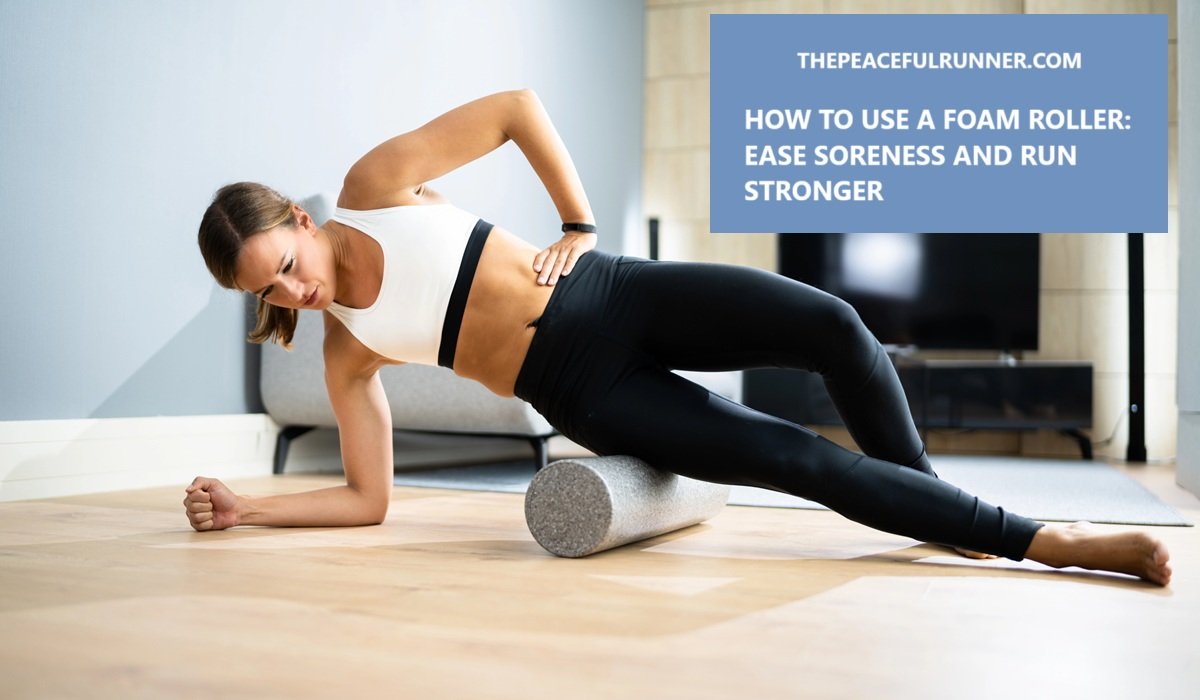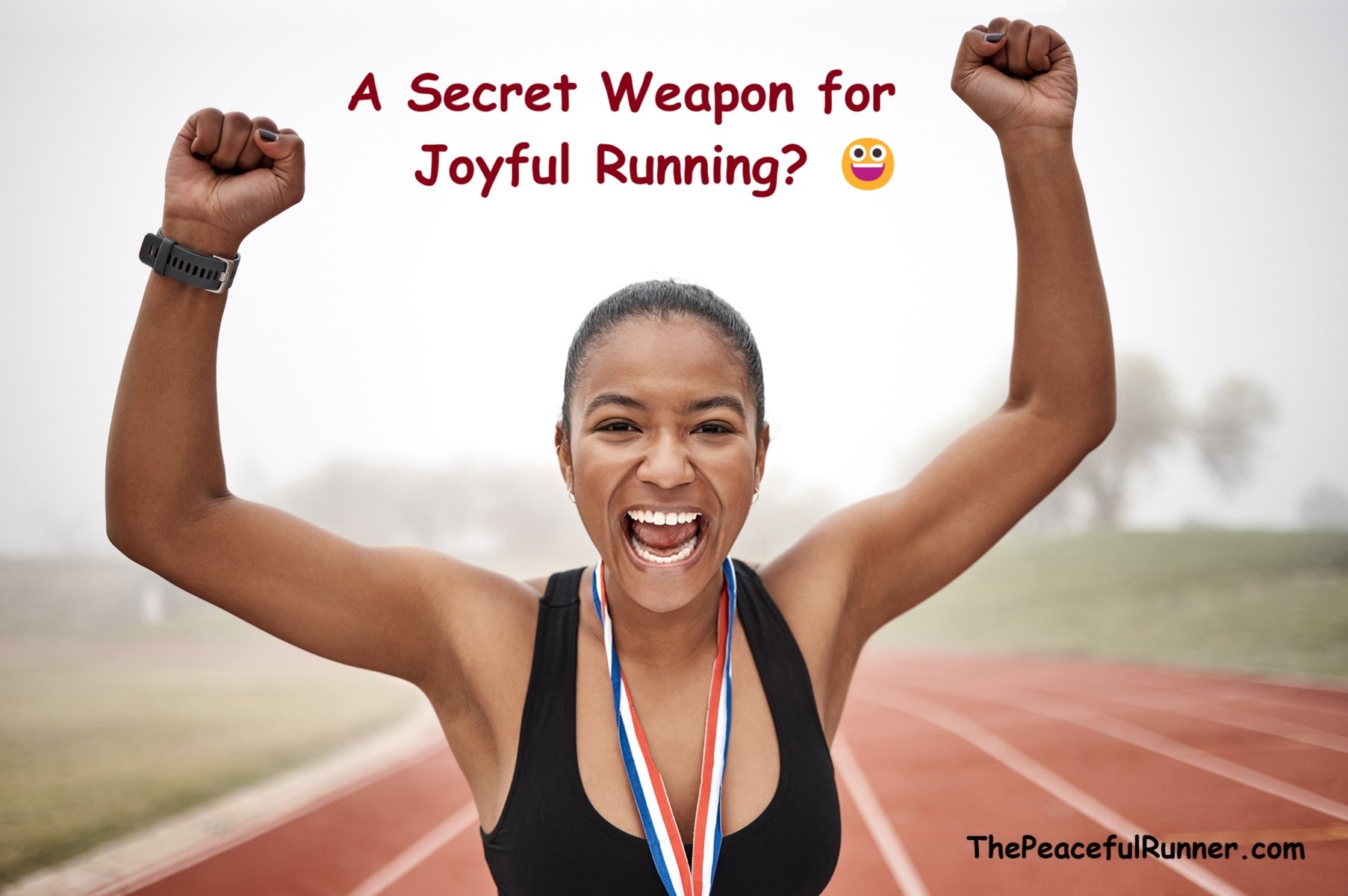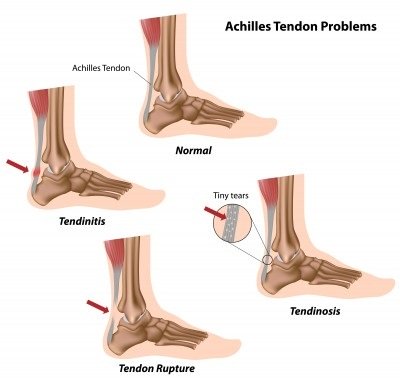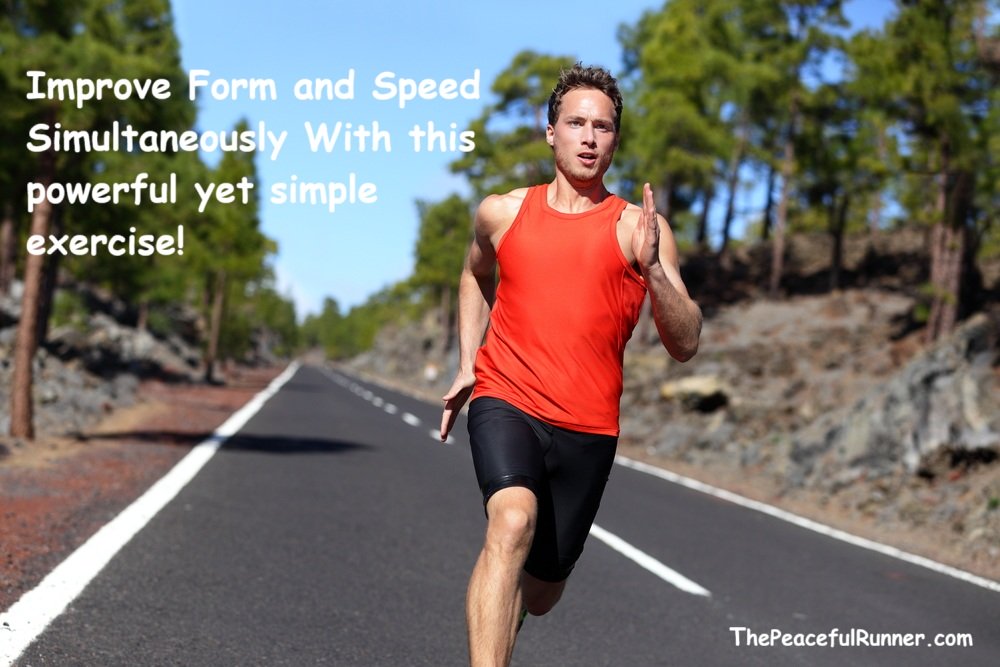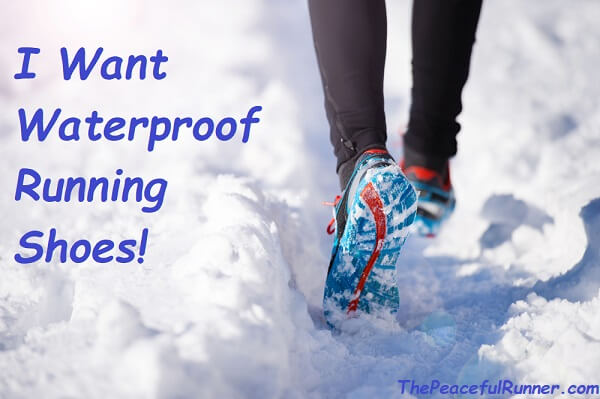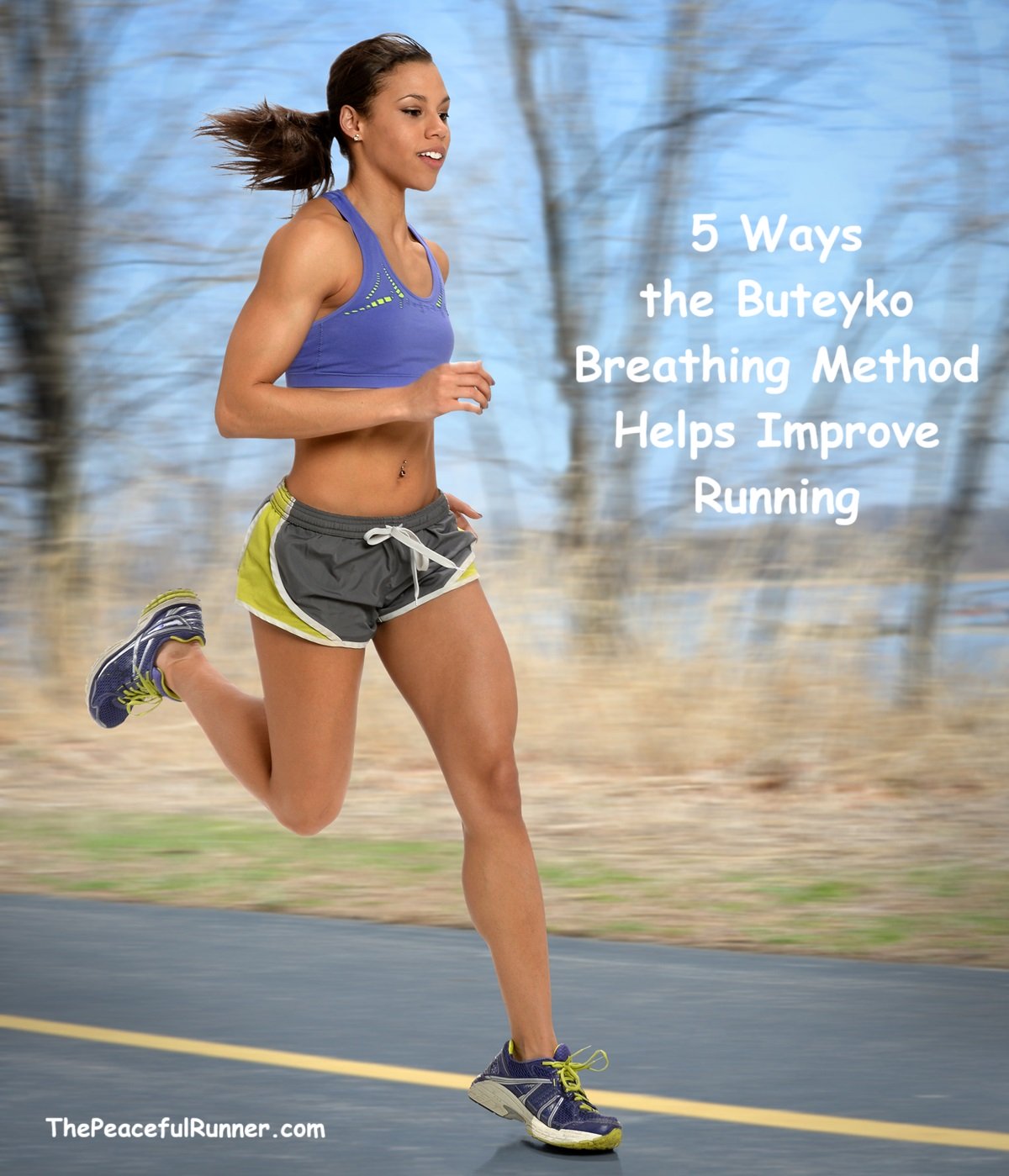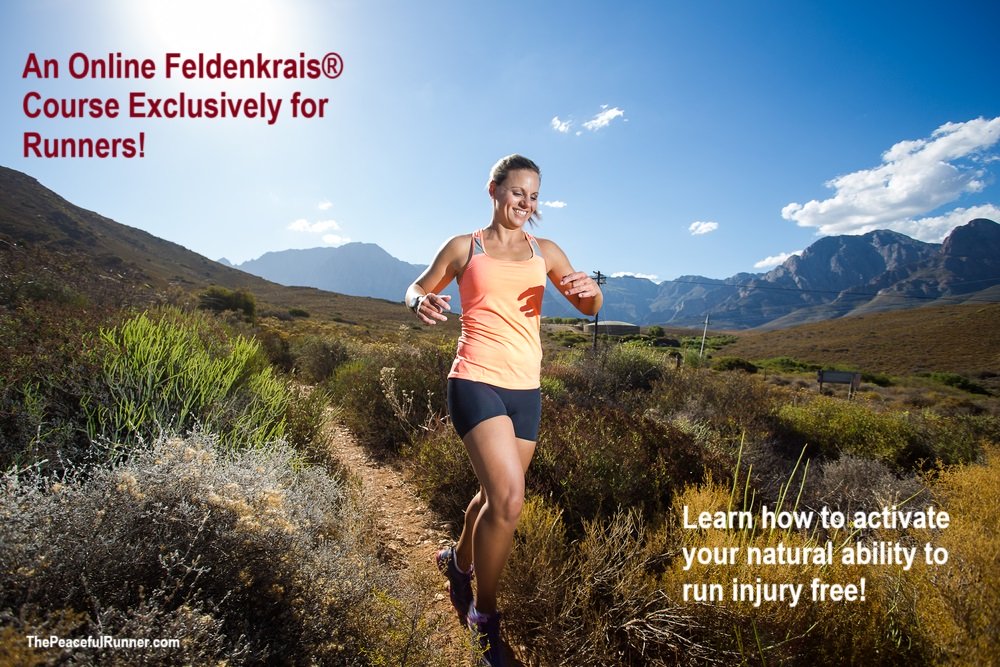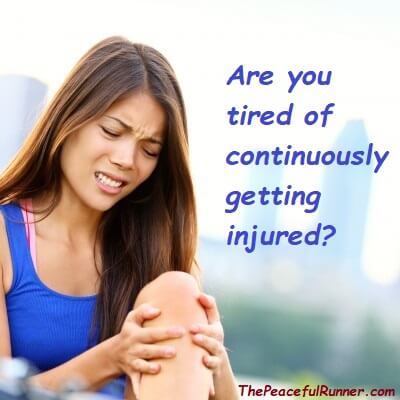- Home
- Running Interviews
- Core Running
Interview with Core Running's Author Curb Ivanic
FTC Disclosure: As an Amazon Associate, I earn from qualifying purchases. Learn more
The Peaceful Runner would like to welcome Core Running's Author Curb Ivanic, MS, CSCS, for an interview. Curb manages Core Running -- a website to help you run better, run faster and run injury-free!
Curb is an endurance athlete who has competed in numerous races including marathons and ultra marathons. He helps runners and triathletes improve their performances through his coaching and individual assessments. He has assessed more than 400 athletes.
Curb has a Masters Degree in Exercise Science, he is a Certified Strength and Conditioning Specialist and he is a Performance Enhancement Specialist.
Please join us as we interview Curb Ivanic.
Enjoy...
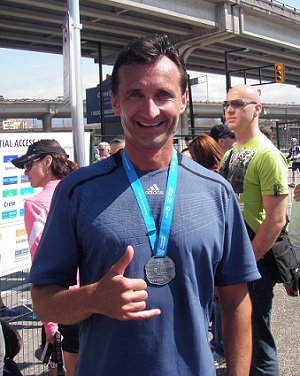
Q. Thank you Curb for joining us today. You certainly have an extensive knowledge of running and some impressive running performances. Some of which include placing in the top 15 in a number of 50 kms ultra marathons. You didn't start running until your late 20s. What motivated you to start running and then to become so committed to improving and enhancing your running?
A. I've always been active and involved in different sports or activities. I tended to prefer individual sports as opposed to team sports. I started running as a way of getting into shape and then tried a couple of races and really enjoyed it. I wanted to see how much I could improve so I began to study running training. At about the same time I began the process of a major career change to becoming a personal trainer and a strength coach. So all the studying I was doing for that paralleled my research into running training.
Q. As indicated on your website, you have developed a system known as the "Core Running" technique. It is quite a comprehensive technique as it focuses on seven different characteristics of running form. For a runner who wants to improve his/her running, how would you suggest they begin to improve their running technique?
A. To keep it simple I'd suggest runners focus on three basic elements. First, keep your torso tall and strong. This doesn't mean running with a puffed out chest or being completely rigid. But you want to have good alignment in your spine and not run hunched over or excessively rotating the torso.
Secondly, focus on having your foot land just in front of your hips, i.e. not over striding. One of the best ways to do that is to quicken your cadence a little even during your slower paced runs.
And the third element would be to relax your ankles as your feet leave the ground. Let your foot and ankle be flexible without being floppy.
Q. You have been conducting very successful camps and clinics to help runners improve their running skills as well as their knowledge of stretching, nutrition, and injury recovery. According to the positive feedback on the Core Running web site, your participants are certainly enjoying and receiving many benefits from your clinics. What do you most enjoy about conducting these clinics?
A. I get a kick out of helping people to enjoy their running more. Many runners get injured which stops them from doing one of the things they love to do - run. Running should be fun and if it's not then you need to re-evaluate what you're doing. If I can show someone how to run better and train smarter so they can run pain-free and enjoy their running once again then I'm a happy coach.
Q. You offer your services, including these clinics and individual assessments, to athletes in the Vancouver area. Do you have any plans to make your services available to runners in other areas?
A. I've been asked this question a lot by people from all over the world, literally. So yes there are plans in the works to take the live clinics and workshops international. The online version of Core Running will be available before the year is out and I'm working on a book proposal to get a print book published.
Q. As you say, the online version of the Core Running System will soon be available in a downloadable format from your site. Can you tell us more about this system and what readers can expect to receive from it?
A. Core Running is a holistic approach to running training. The program will detail technique including drills, strength and core training, flexibility and mobility training, nutrition specific to runners and effective recovery techniques. Plus it'll include a training log, which is one of the most important tools any runner can use.
I had it ready to go a few months ago but then went back and updated some of the material with new information and techniques. I'm constantly researching and tweaking my ideas. The program is based on science AND experience. Not only my own but also what I've seen with my athletes.
Q. You have received some great testimonials from your clients who have experienced tremendous success from your coaching. Is there a particular success story that you would like to share with us?
A. This past summer I was coaching a runner who's goal was to set a PR at the Knee Knacker 30 mile run. This is a grueling ultra marathon with 8,000 feet of climbing and 8,300 feet of descent so it's not a race for the light-hearted. Anyway, he ended up straining his calf muscle in a race about six weeks before the Knee Knacker. I had to adjust his program to allow the calf to heal and recover but still develop the fitness he needed to get through the race.
He saw a chiropractor for ART (Active Release Techniques) to help with the actual injury and I had him switch to doing more biking and less running to keep his aerobic system developing. We also continued with his strength work in the gym. In the end, he didn't quite get the time he was looking for (5:30) but he did end up with a PR (time of 5:40) and finished in the top 10 or near there (I can't recall his exact placing). And this was done without being able to do any long runs over two hours for the last six weeks of training. He credits the strength work as being the thing that saved his race and gave him the ability to run such a strong race.
Core Running
Q. What a wonderful success story! It goes to show that with the right advice and training, impressive results are possible even with a bad injury.
You have helped so many others achieve their running and performance goals. Do you have any of your own goals that you would like to achieve in the near future?
A. Right now life is a juggling act. I'd love to set an aggressive performance goal for an ultra marathon but between work and family (my wife and I have a 16-month old daughter who I love to spend time with), it's tough. Plus I've really gotten into stand-up paddle boarding and spend time working on that sport.
I think I'm going to do the Vancouver marathon again next year and maybe the Knee Knacker, but won't set any aggressive goals for those races. I just don't have the time to dedicate to get into peak shape for those distances. Training to complete a distance and training to compete a distance are very different scenarios. So I think I'll focus on a 10K personal best as it doesn't require nearly the same amount of time.
Thank you Curb for sharing your time and knowledge with us and thank you for helping runners run better and achieve their goals. We have enjoyed our time with you and we look forward to the release of The Core Running System. Hopefully, in the future our readers will have the opportunity to participate in one of your clinics in their own hometown.
You can learn more about Curb's programs on Core Running and on his Facebook Page, where you can receive a special coupon when you "Like" his page.
- Home
- Running Interviews
- Core Running
FTC Disclosure: As an Amazon Associate, I earn from qualifying purchases. Learn more
NEW FEATURE - DISQUS COMMENTS!
Login using Facebook, Twitter, Google or Disqus.
Recent Articles
-
Give Yourself a Self-Myofascial Release at Home with a Foam Roller!
Jun 28, 25 07:19 AM
-
The Overlooked Key to Better Performance and Fewer Injuries
Jun 13, 25 01:13 PM
-
5 Ways to Speed Injury Recovery!
May 02, 25 01:30 PM
-
Want to Run Stronger and Feel Better Doing It?
Apr 19, 25 10:14 AM
-
Do You or Someone you Know Suffer from Achilles Tendonitis?
Mar 28, 25 03:14 PM
-
Every runner needs to master this essential drill!
Mar 17, 25 01:55 PM
-
Are you ready for waterproof running shoes?
Feb 26, 25 12:30 PM
-
The Buteyko Breathing Method Can Improve Our Running Performance and Our Health!
Feb 14, 25 11:54 AM
-
Make 2025 the Year you Break Free from Injuries for Good!
Jan 07, 25 08:20 AM
-
Even runners are not immune to the dangers of sitting too long during the day!
Jan 03, 25 11:46 AM




